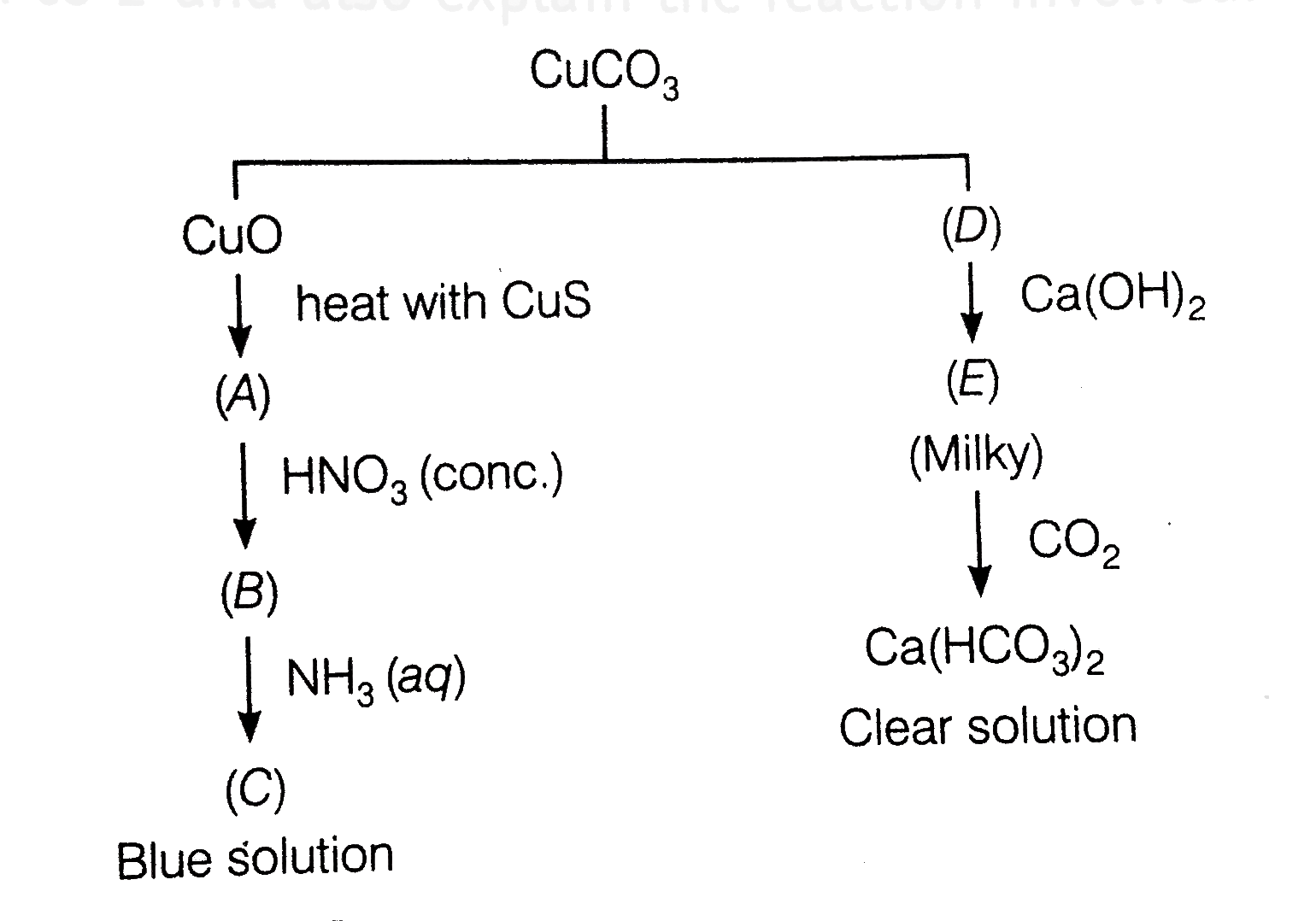Name the reaction which is commonly used in the conversion of vegetable oil to fats. Explain the reaction involved in detail.
Step-by-Step Solution:
1. Identify the Reaction: The reaction commonly used to convert vegetable oils into fats is called the hydrogenation reaction.
2. Understanding Vegetable Oils: Vegetable oils are primarily composed of unsaturated hydrocarbons. These compounds contain one or more double bonds between carbon atoms in their structure.
3. The Process of Hydrogenation:
- In the hydrogenation process, vegetable oils are treated with hydrogen gas (H₂).
- This reaction typically requires a catalyst to proceed efficiently. Common catalysts used in this reaction are nickel (Ni) or palladium (Pd).
4. Reaction Conditions: The hydrogenation reaction is usually carried out at elevated temperatures, often around 200 degrees Celsius.
5. Mechanism of the Reaction:
- During hydrogenation, the double bonds in the unsaturated hydrocarbons of the vegetable oil react with hydrogen.
- Each double bond is broken, and hydrogen atoms are added to the carbon atoms that were previously involved in the double bond.
- As a result, the unsaturated hydrocarbons are converted into saturated hydrocarbons, which are commonly referred to as fats.
6. Final Product: The end product of this reaction is saturated fat, which has no double bonds in its structure, making it more stable and solid at room temperature compared to the original vegetable oil.
Summary of the Reaction:
- Reaction Type: Hydrogenation
- Reactants: Unsaturated hydrocarbons (vegetable oils) + Hydrogen gas (H₂)
- Catalyst: Nickel or Palladium
- Conditions: 200 degrees Celsius
- Products: Saturated hydrocarbons (fats)
- In the hydrogenation process, vegetable oils are treated with hydrogen gas (H₂).
- This reaction typically requires a catalyst to proceed efficiently. Common catalysts used in this reaction are nickel (Ni) or palladium (Pd).
- During hydrogenation, the double bonds in the unsaturated hydrocarbons of the vegetable oil react with hydrogen.
- Each double bond is broken, and hydrogen atoms are added to the carbon atoms that were previously involved in the double bond.
- As a result, the unsaturated hydrocarbons are converted into saturated hydrocarbons, which are commonly referred to as fats.
- Reaction Type: Hydrogenation
- Reactants: Unsaturated hydrocarbons (vegetable oils) + Hydrogen gas (H₂)
- Catalyst: Nickel or Palladium
- Conditions: 200 degrees Celsius
- Products: Saturated hydrocarbons (fats)
Similar Questions
The conversion of oils into fats is by
View SolutionIdentify A to E and also explain the reaction involved.

View SolutionName a stain which is commonly used for staining chromosomes.
View SolutionWrite and explain the reactions involved in the extraction of gold.
View SolutionName the fungi commonly used in breweries.
View SolutionName a device which is commonly used to convert an electrical signal into a visual signal.
View SolutionName the metal which is commonly used as a reducing agent is metallurgical operations.
View SolutionName the most commonly used enzymes in ELISA.
View SolutionName the heat that is involved in the conversion of one allotropic form into the other.
View SolutionExplain the use of hydrogen in the formation of vegetable fats.
View Solution

